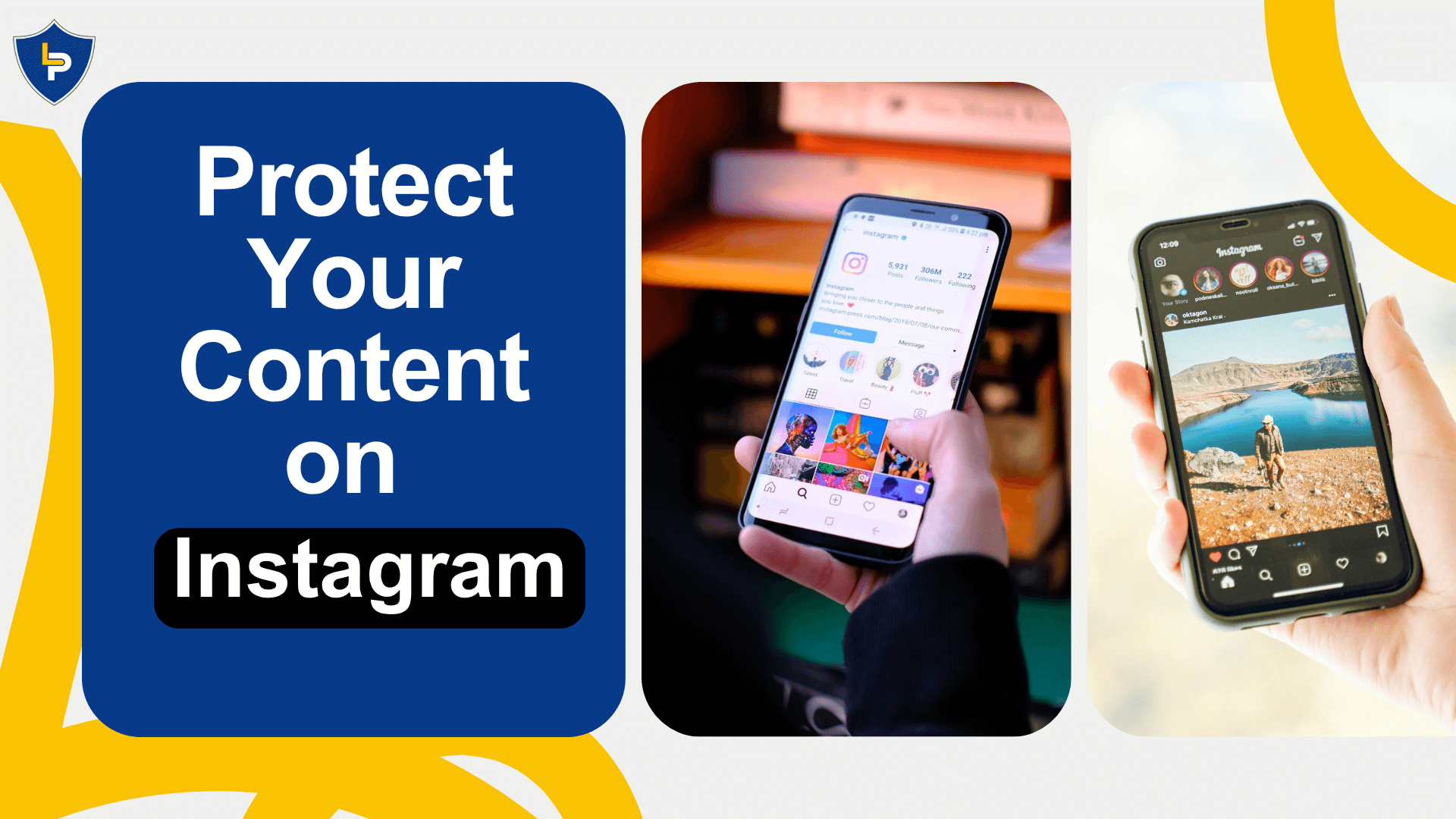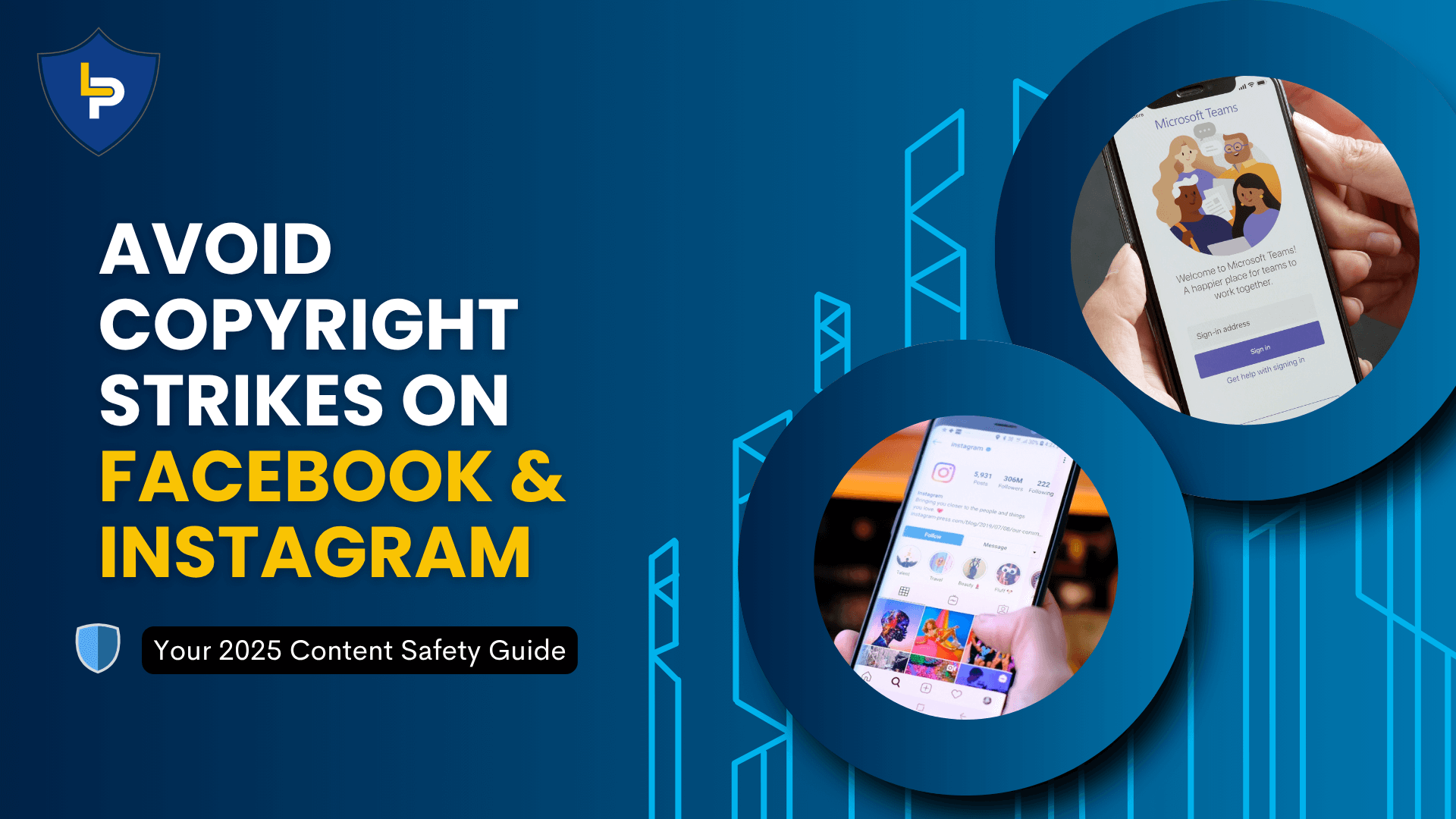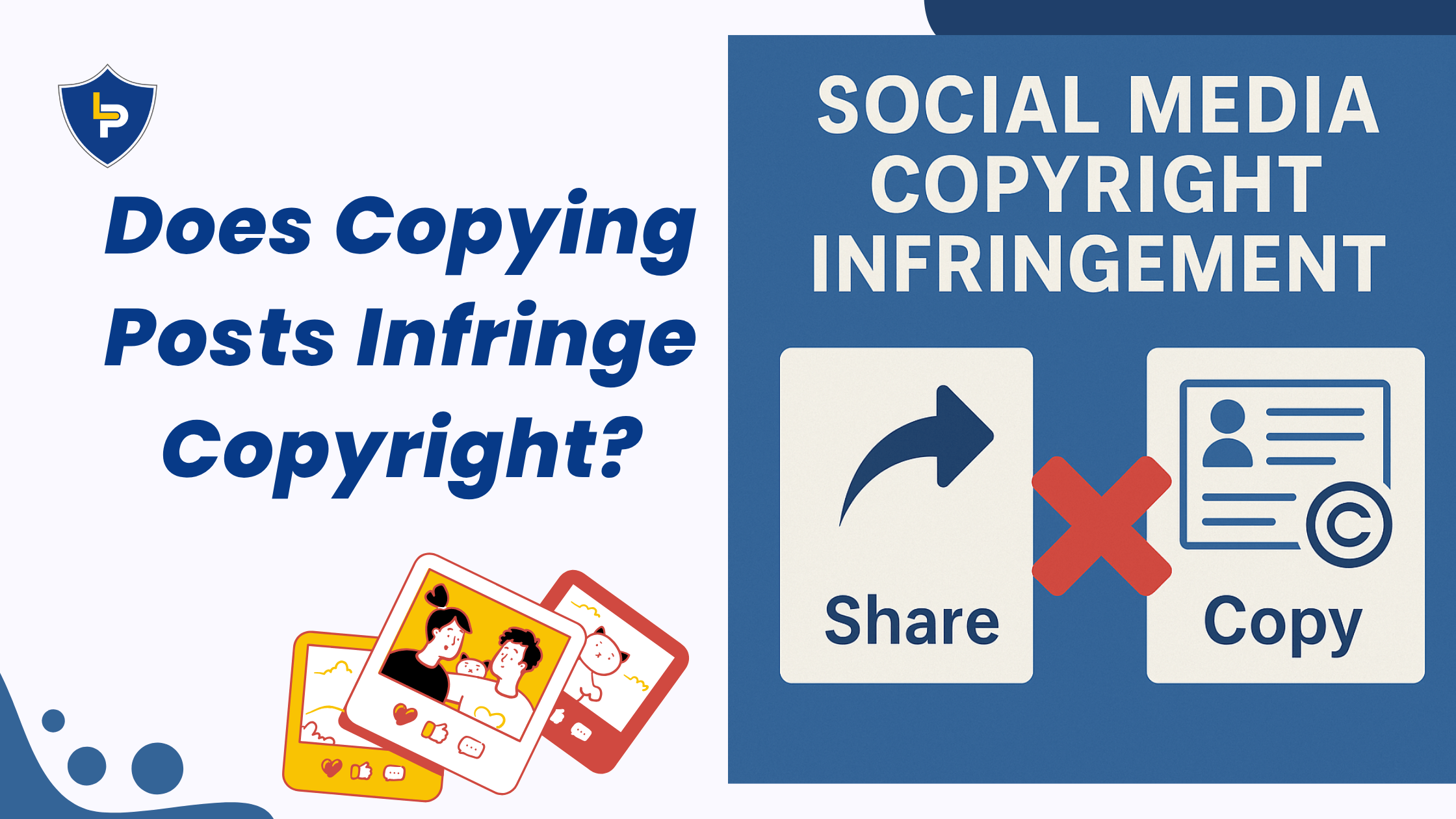How to Submit a YouTube Takedown Request: A Step-by-Step Guide
If your original content has been uploaded to YouTube without your permission, filing a YouTube DMCA Takedown Notice is the most effective way to protect your rights. In today’s fast-paced digital world, content theft is common—but you have legal tools to fight back. This guide will walk you through the steps to submit a takedown request and help ensure your creative work stays under your control.
Table of Contents
1. Understanding the Copyright Matching Tool
2. Initiating Contact with the Infringer
3. Submitting a Formal Takedown Request
4. Filling Out the Takedown Request Form
5. Follow-Up and Legal Considerations
Understanding the Copyright Matching Tool
First, log in to YouTube Studio and go to the Copyright section. There, you’ll find YouTube’s Copyright Matching Tool—a feature that automatically scans uploaded videos across the platform to detect matches with your original content. It’s like a digital watchdog, constantly monitoring for possible misuse of your work. If someone reuploads your video or a significant portion of it, the tool will flag it and show you a list of matching content.
Once matches are detected, you have a few options. If the match isn’t harmful, you can choose to archive it. But if it’s unauthorized use that affects your rights, you can submit a YouTube DMCA Takedown Notice directly through the tool. This allows you to remove infringing videos quickly and assert control over your intellectual property. The tool empowers creators by simplifying content protection and giving them the tools to act when their work is copied without permission.
Initiating Contact with the Infringer
So, you’ve discovered someone using your YouTube content without permission—what’s next? Before jumping into legal steps, it’s always a good idea to try reaching out first. A simple message can often solve the issue without conflict. For example, we contacted the uploader on May 14th, hoping for a friendly resolution. But by May 24th, there was still no reply. It’s like lending someone your favorite book and never hearing back—they might not even realize they’ve done something wrong.
If someone has used your entire video or a significant portion of it, don’t stay silent. Politely message the uploader explaining that you’re the original creator and kindly ask them to either take the video down or give proper credit. Keep your tone respectful—misunderstandings do happen, and many creators are willing to fix things once they’re made aware.
But what if they ignore you? That’s when it’s time to take things a step further. Keep a record of all your messages and attempts to contact them—these could help if you need to file a formal YouTube DMCA Takedown Notice later. While we always hope for a peaceful solution, you have every right to protect your content if the situation isn’t resolved.
Submitting a Formal Takedown Request
When informal messages don’t work, it’s time to take formal action. Think of it like this—you wouldn’t let someone borrow your car and never give it back, right? The same logic applies to your content. Filing a YouTube DMCA Takedown Notice might sound complex, but the steps are quite straightforward.
To get started, head over to YouTube’s Copyright Infringement Notification page. There, you’ll fill out a form with details about the infringing video, your original content, and your contact info. Make sure everything is accurate—this helps YouTube review your case faster and more effectively.
In our experience, once submitted, YouTube reviewed the request and removed the infringing content promptly. It was a small but meaningful win—a reminder that your creativity matters and deserves protection. This process is here to help creators like you stay in control of your work and send a clear message: copyright infringement won’t be tolerated.
Filling Out the Takedown Request Form
Alright, time to fill out the takedown request form. First, choose the type of video—since it’s on YouTube, go with “Internet video.” Then, grab the URL of the infringing video—it’s like giving YouTube the exact address so they can find the problem quickly.
Next, tell YouTube where the issue is—did they copy the whole video or just a part of it? In our case, it was the entire video. Then, enter your contact details. Don’t worry, YouTube keeps this information private unless there’s a legal reason to share it. They just need a way to update you about your request.
You’ll also need to explain your connection to the content—whether you wrote the script, filmed it, or edited it, make sure to describe your role. This helps YouTube understand why the content matters to you. Lastly, confirm that you genuinely believe the video is being used without your permission and that you have the right to file this claim.
Double-check everything before you hit submit. Make sure the info is correct and clear. The more specific and accurate you are, the faster YouTube can take action to protect your content.
Follow-Up and Legal Considerations
Once You Submit the Takedown Request
After you hit submit, it’s time to be patient. YouTube usually gives the infringer a 7-day window to take the video down. If they don’t, YouTube may issue a copyright strike or remove it directly. Just make sure you’re using this process responsibly—false claims or repeated misuse could lead to your own account being penalized. Let’s play fair and stay on the right side of the rules.
Be Sure Your Claim Is Legit
Filing a DMCA Takedown Notice is serious. Making a false claim isn’t just unethical—it could land you in legal trouble. That’s why it’s important to gather your evidence: screenshots, links, communication history—anything that proves you own the content. It’s better to be over-prepared than under.
What Happens After Submission?
Keep an eye on your inbox. YouTube will notify you of updates on your claim. Sometimes, the other party may file a counter-notice, saying they believe they have rights to use the content. If that happens, and you still believe they’re infringing, you might need to take legal action. In such cases, it’s best to consult an IP attorney to guide your next steps.
Use It Wisely
YouTube’s takedown process is a powerful tool—but don’t misuse it. Unjustified takedown requests can hurt your credibility, or worse, result in legal action against you. If you’re unsure whether the content truly belongs to you, take a moment to verify. Getting expert advice can save you from bigger problems later.
What If Your Own Content Gets Flagged?
Mistakes happen. YouTube’s systems aren’t perfect and sometimes misidentify content. If your own video is wrongly taken down, respond quickly. Provide proof of ownership and explain your side clearly. Documentation is your best friend here.
Wrapping Up
And that’s a wrap on how to submit a YouTube DMCA Takedown Notice! If you found this helpful, don’t forget to subscribe or share it with fellow creators. Your work matters—and you have every right to protect it. By staying informed, careful, and confident, you can stand up for your rights in the fast-moving world of online content.
FAQs
How long does it take for YouTube to process a takedown request?
The time it takes for YouTube to process a takedown request can vary. Typically, they review requests within a few days, but it can take longer if there are complexities involved.
What happens if the infringer files a counter-notification?
If the infringer files a counter-notification, YouTube will notify you, and you may need to take legal action to resolve the dispute. It’s advisable to consult a legal professional if this happens.
Can I retract a copyright infringement claim on YouTube?
Yes, you can retract a copyright infringement claim on YouTube by contacting their support and providing the necessary details to reverse the takedown request.
What are the consequences of filing a false takedown request?
Filing a false takedown request can lead to serious consequences, including legal action against you and potential termination of your YouTube account.
How can I protect my content from being used without permission?
To protect your content, regularly monitor for unauthorized use, use YouTube’s Copyright Matching Tool, and take legal action when necessary. Consider consulting with a legal professional for additional protection strategies.






 +1 888 890 6411
+1 888 890 6411